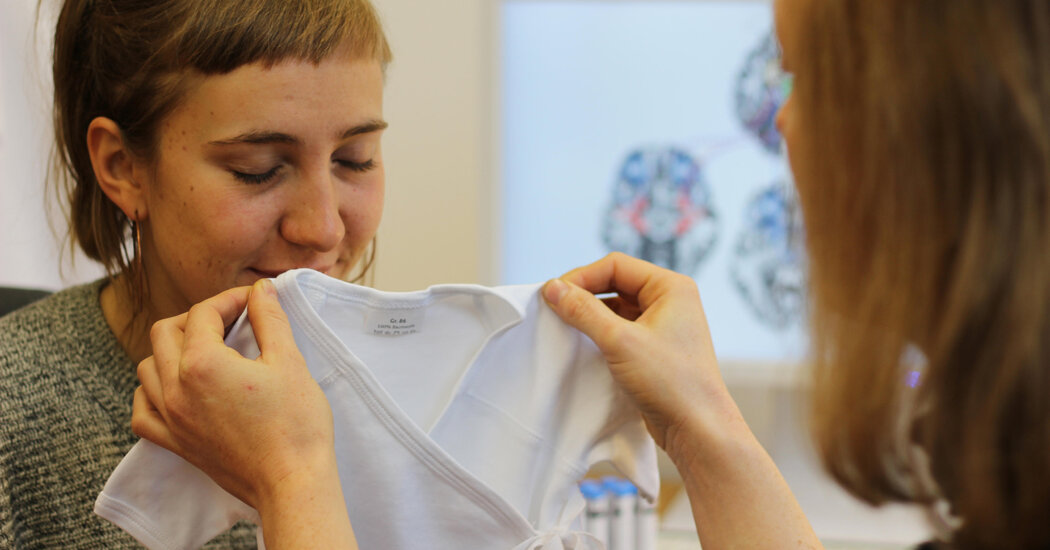Two musky steroids, and higher levels of odorous acids, distinguish the body odors of teens and tots, a new study finds.
Few parents would describe the smells emanating from their adolescent children as redolent of sandalwood. But one of the distinct components of teenage body odor is a compound that evokes that warm, woody fragrance, according to a small new study, which compared the scents of adolescents to those of infants and toddlers.
Unfortunately, that’s just about where the good news ended for teenagers (and their parents). Although there were many similarities between the chemicals wafting from teens and tots, the differences tended to favor the younger children, whose body odor samples had higher levels of a compound with a flowery fragrance. Adolescents, on the other hand, produced a compound that smelled like sweat and urine and had higher levels of substances described as smelling cheesy, musty and “goatlike.”
The authors of the study, which was published in the journal Communications Chemistry on Thursday, would not go so far as to say that the results proved that adolescents smelled worse than babies. But the differences they documented “may contribute to a less pleasant body odor of teenagers,” said Diana Owsienko, who conducted the study as part of her doctoral research at the University of Erlangen–Nuremberg in Germany. (She is now a researcher at RISE Research Institutes of Sweden.)
Body odor is a complex blend of airborne chemicals, many of which are produced when sweat and sebum, an oily substance typically secreted through hair follicles, are broken down by skin microbes or react with other compounds in the air. The differences in scent between young children and teens probably stem from puberty-driven changes in sweat and sebum production, the researchers said.
The study was based on samples from 18 young children, who were age 3 or younger, and 18 adolescents who had gone through puberty. To collect the body odor samples, the scientists sewed small cotton patches into the armpits of T-shirts and body suits, which the children and teens wore overnight. (Participants were asked to refrain from using scented hygiene products and eating especially fragrant foods, such as onions and garlic, for 48 hours beforehand.)
In the lab, the scientists extracted and analyzed the chemical compounds that had permeated the patches, pooling together samples from multiple children in the same age group.
